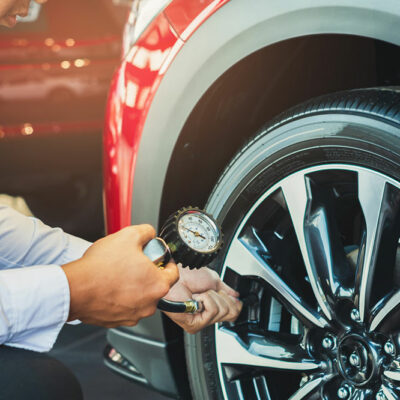
Symptoms and Treatments for Overactive Bladder
A bladder is said to be overactive if it leads to an uncontrollable urge to pee. Overactive Bladder (OAB) might also trigger incontinence, which is an accidental urine loss. Roughly 33 million people in the country suffer from OAB. Furthermore, women happen to be vulnerable to OAB as compared to men. This article talks about the symptoms and treatments for overactive bladder.
Symptoms
At times, it is hard for people to control the symptoms of OAB because they are highly unpredictable. As a result of this, many people with this disorder tend to curtail social activities. Thus, symptoms of OAB can not only hamper a person’s quality of life but also push them towards emotional distress and social isolation. Some common symptoms include:
- Having an uncontrollable or urgent need to pee
- Facing incontinence
- Urinating more frequently than normal, which means, over eight bathroom visits in a day.
One must understand that incontinence doesn’t always equate to OAB. Moreover, the symptoms change over time. Also, the signs vary from one person to another. Thus, it might often get hard for a healthcare professional to diagnose OAB.
Treatment
Symptoms and treatments for overactive bladder are related. Based on the symptoms experienced, the doctor will offer an ideal treatment option. Some of the methods for treating OAB include:
Medication: There are a few medicines that help in getting rid of OAB. These focus on the two key aspects of the disease, which include reducing urine incontinence and relieving the person from the multiple symptoms of OAB. Some of the common medicines used to treat OAB include trospium, tolterodine, and mirabegron. Before one starts with the medication, please understand that the medicines used to treat OAB will have a few side effects, such as constipation, dry mouth, or dry eyes.
Physical therapies that strengthen pelvic muscles: At times, the doctor would recommend a person to visit a physical therapist who’ll help them in strengthening the pelvic muscles. One can also do these exercises at home. These exercises target the muscles of the pelvic and strengthen them, thereby relieving a person from multiple urinary problems and symptoms.
Nerve stimulation: The objective of nerve stimulation is to alter electrical signals of the nerves, heading towards the bladder. As part of this treatment, a compact wire is inserted in the lower back of the patient. In some cases, a small needed is used, which is inserted beneath the skin of the lower leg.
Botox: In some cases, a tiny dosage of Botox is used to weaken or paralyze the muscles of the bladder. As a result of this, the muscles do not contract as frequently as they did, thereby reducing the symptoms caused by OAB.
Surgery: At times, a doctor might also recommend surgery to accentuate the capacity of a person’s bladder. This is the last alternative and is performed only if the therapies, medication, and other treatment options aren’t working.


